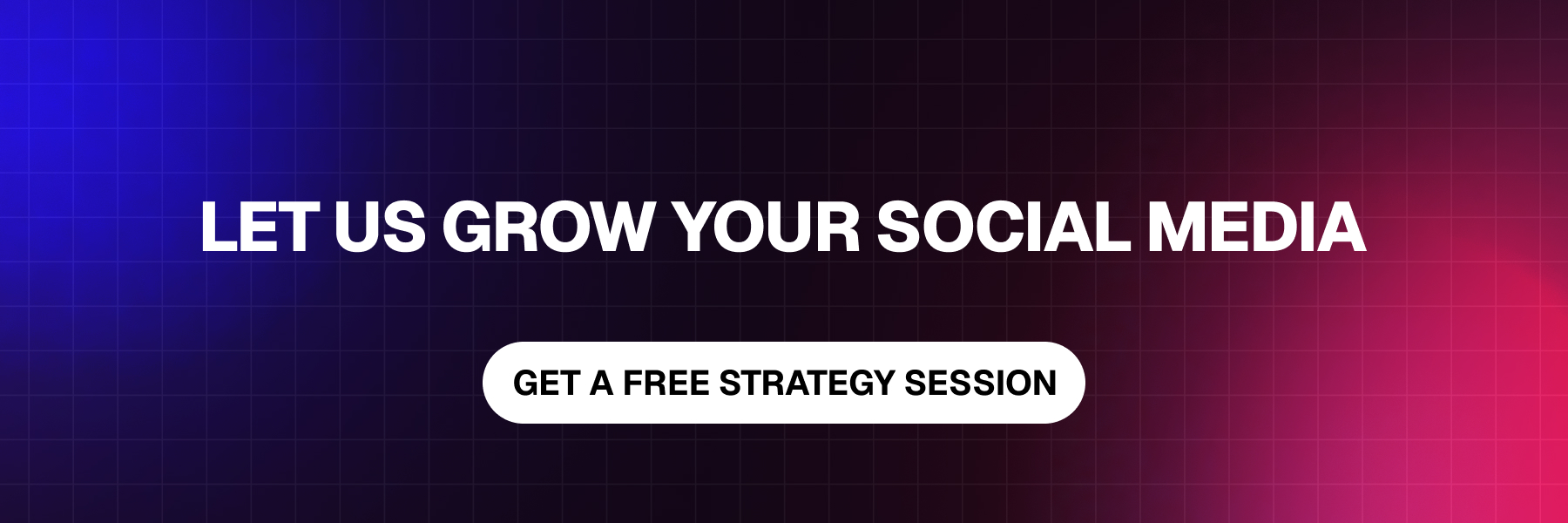Which Social Media Platforms Exist?
In the world of social media, there are many social media platforms that businesses and individuals can use to connect, share, and engage with audiences. Each platform has its own unique features, audience, and purpose. Let’s take a look at some of the most popular ones and how they’re used for social media marketing.

LinkedIn is a social media platform that focuses on professional networking. It’s where people go to connect with colleagues, search for jobs, and stay up-to-date with industry trends. For businesses, LinkedIn is a great place to share professional content like articles, case studies, and industry news. It’s also useful for building partnerships and attracting high-quality employees.
Ideal for: Professionals, B2B businesses, and thought leadership.
Content: Articles, professional achievements, business updates, and job postings.
Audience: Primarily professionals, recruiters, and business owners.

Facebook is one of the largest social media platforms in the world. It connects people with friends and family, but it’s also an essential platform for businesses. Brands can create Facebook pages to post updates, ads, and engage with their audience through comments and messages. Facebook’s advertising tools allow businesses to target specific groups based on demographics, interests, and behaviors.
Ideal for: Both B2C and B2B businesses, community building.
Content: Photos, videos, status updates, events, and ads.
Audience: General public, diverse age groups, families, and communities.

Instagram is a photo and video-sharing app that’s especially popular with younger audiences. It’s highly visual and perfect for brands that want to show off their products, share behind-the-scenes content, or post lifestyle-related imagery. Instagram also features Instagram Stories, where brands can post short, temporary content, and Instagram Shopping, which allows users to purchase products directly from the platform.
Ideal for: Fashion, beauty, food, lifestyle, and influencer marketing.
Content: Photos, videos, Stories, Reels, and shopping posts.
Audience: Younger audiences, particularly ages 18-34.

YouTube is the world’s most popular video-sharing platform. It’s where people go to watch everything from entertainment to how-to videos. For businesses, YouTube is a powerful tool for content marketing. Brands can create tutorials, product demonstrations, and brand stories to build their reputation and connect with customers on a deeper level.
Ideal for: Video marketing, educational content, and entertainment.
Content: Long-form videos, tutorials, brand stories, and entertainment.
Audience: All age groups, with a heavy focus on younger generations (18-49).

X is a microblogging platform known for its short and quick messages, or tweets. It’s a space for real-time news, customer interaction, and conversations. Brands often use X to share quick updates, promotions, and engage in trending topics or customer service. It’s also a great place for customer feedback and discussions.
Ideal for: Real-time updates, customer service, trending conversations.
Content: Tweets (short posts), polls, hashtags, and live updates.
Audience: News junkies, tech enthusiasts, and people looking for quick updates.

Reddit is a social media platform built around communities, called subreddits, where people can post content and have discussions on virtually any topic. It’s different from other platforms because it encourages more in-depth conversations and user-generated content. Businesses can use Reddit to join niche communities, share knowledge, and learn about what customers are talking about.
Ideal for: Niche communities, customer feedback, and market research.
Content: Long-form posts, discussions, Q&A, and polls.
Audience: Very diverse, with a focus on niche interests and forums.

Quora is a question-and-answer platform where people can ask questions and provide answers to various topics. It’s an excellent place for businesses to share their expertise and help solve problems for their audience. By answering questions related to your industry, you can position your brand as a thought leader and attract customers looking for information.
Ideal for: Thought leadership, customer education, and SEO-driven content.
Content: Q&A, expert answers, and informative articles.
Audience: People seeking knowledge, problem-solvers, and industry experts.
Our Newsletter
Join our community and get the latest insights, tips, and exclusive content delivered right to your inbox.








